
EU Children's Product Compliance FAQ
The EU has extremely strict safety requirements for children's products. Any oversight may affect the operation of stores on platforms such as Amazon and Temu.
To help you quickly grasp the key points, JJR Laboratory has organized complex regULations into an FAQ format, which is clear and easy to use. Don’t understand the regulations and dare not sell products — this article is all you need!
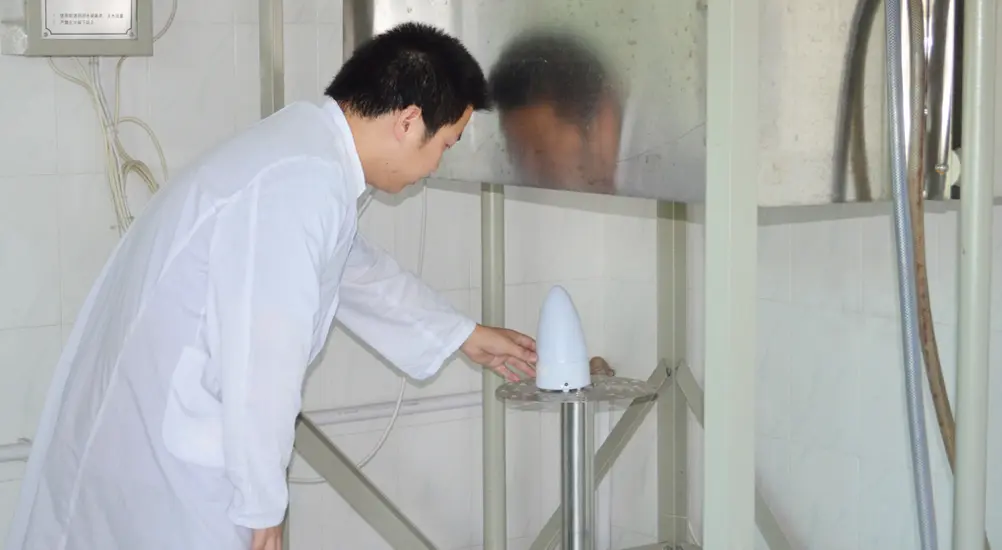
Why does the EU have particularly strict supervision over children's products?
The EU attaches great importance to children's safety and has formulated a series of strict regulations for products such as toys and children's care products. These regulations ensure that products meet safety standards during design, production and sales, and protect the healthy growth of children.
What are the main EU regulations for children's products?
The main applicable regulations include:
① Toy Safety Directive (Directive 2009/48/EC): Applies to products designed for children under 14 years old to play with.
② General Product Safety Regulation (Regulation (EU) 2023/988).
What is a toy? Which products are consideRED toys?
A toy refers to any product or material designed or intended for children under 14 years old to play with, whether or not specifically designed for children's play. Any product designed to have potential play functions, attract children or be sold to children can be regarded as a toy within the scope of the EU Toy Safety Directive.
However, some product types are excluded. For the complete list of exclusions, please refer to Annex I of the EU Toy Safety Directive. For whether certain borderline products are considered toys, please refer to the Toy Safety Guidelines.
What are the specific requirements for children's products?
The European Commission has adopted several specific decisions covering baby bathing equipment, certain products in children's sleeping environments and child seats, requiring them to meet safety standards, including but not limited to:
① 2010/9/EU: Products such as baby bath rings
② 2010/376/EU: Products for children's sleeping environments
③ 2013/121/EU: Child seats
④ (EU) 2023/1338: Specific children's products and related products
In addition, you can learn about specific safety testing requirements through the harmonized standards related to children's products.
What should be noted in the promotion when launching children's products?
Merchants should pay attention to the compliance of product promotion (including but not limited to: product packaging and labels, product detail pages, product promotional pictures), and avoid using misleading and false descriptions. You need to ensure:
① The product is listed under the appropriate category
② Truthfully supplement product information, such as: the electrical properties of toys, clothing sizes
Children's toys should display the following information on the product detail page, including but not limited to:
① Manufacturer's name, address and other information
② Model and other elements that are easy to identify product information
③ The age rating listed on the product detail page must be the same as that listed on the qualification documents
④ Appropriate warning statements, etc.
What are the labeling requirements for children's toys?
According to the regulations, toys shall be marked with the following information:
① Manufacturer's name, trade name or trademark and contact address (if it cannot be marked on the toy, it shall be marked on the packaging or accompanying documents)
② Type, batch number, serial number, model or other identification information
③ Safety instructions and warning languages, which shall be in a language understandable to consumers
If I want to sell children's toys, where can I get regulatory information?
It is recommended to refer to the EU Toy Safety Portal: https://single-market-economy.ec.europa.eu/sectors/toys_en
If you need to obtain EU compliance test certificates for toys, please contact China JJR Laboratory. We are an ISO/IEC 17025 accredited laboratory and provide testing services.
Email:hello@jjrlab.com
Write your message here and send it to us
 How to get the ASTM F3363 Test Report?
How to get the ASTM F3363 Test Report?
 EU Children's Product Compliance FAQ
EU Children's Product Compliance FAQ
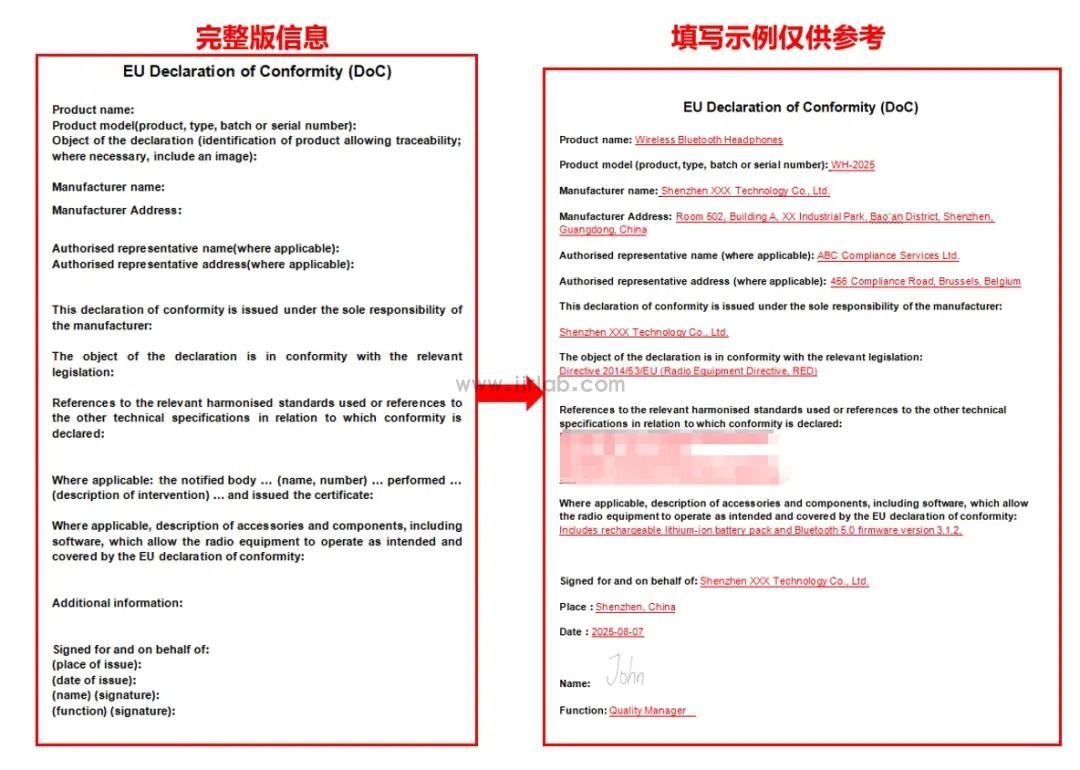 What is the EU Declaration of Conformity (DoC)?
What is the EU Declaration of Conformity (DoC)?
 What is a UK Authorized Representative?
What is a UK Authorized Representative?
 Food Contact Materials LFGB Compliance
Food Contact Materials LFGB Compliance
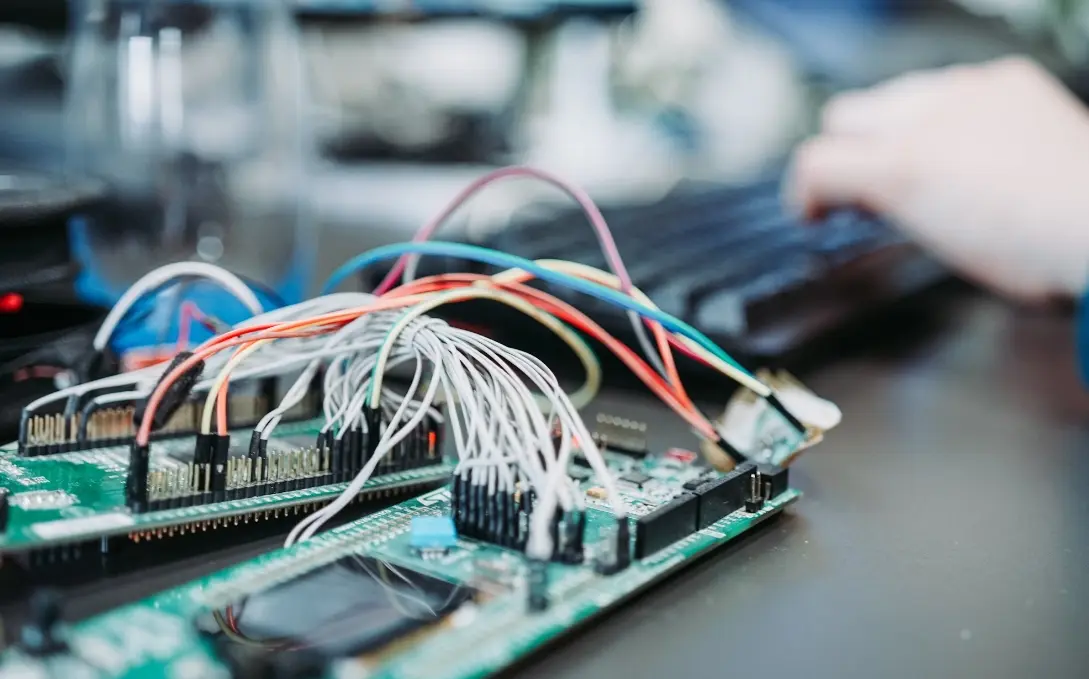 Compliance Test Reports for Export to the US
Compliance Test Reports for Export to the US
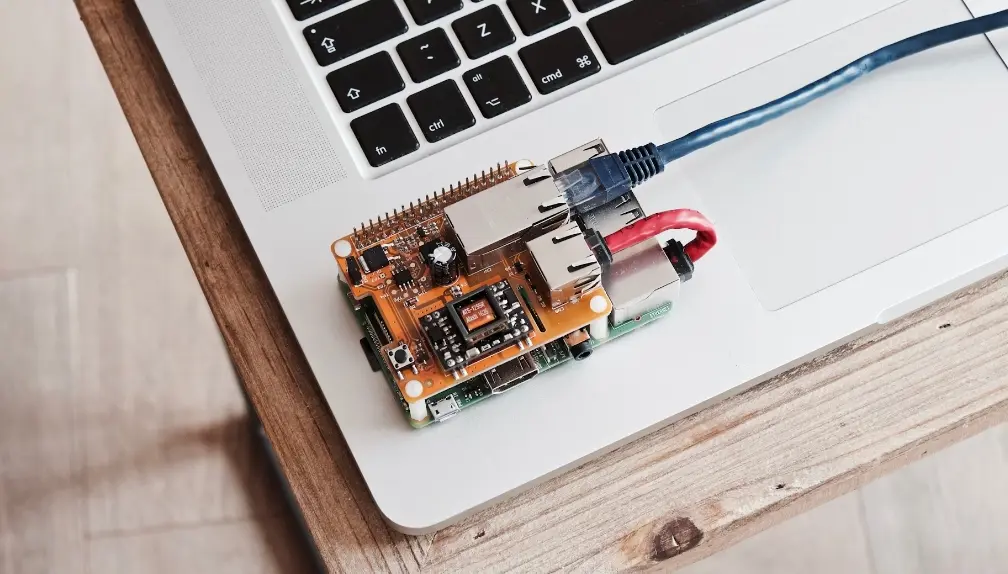 UKCA Certification to Replace CE Compliance in 202
UKCA Certification to Replace CE Compliance in 202
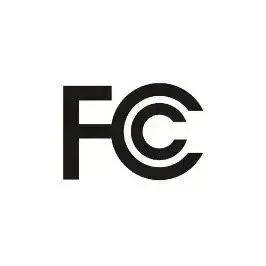 Does Your Product Need an FCC ID?
Does Your Product Need an FCC ID?
Leave us a message
24-hour online customer service at any time to respond, so that you worry!




